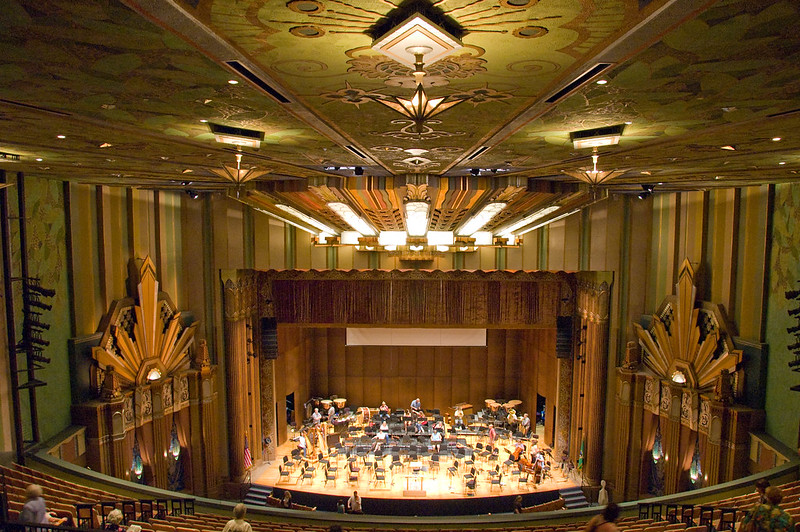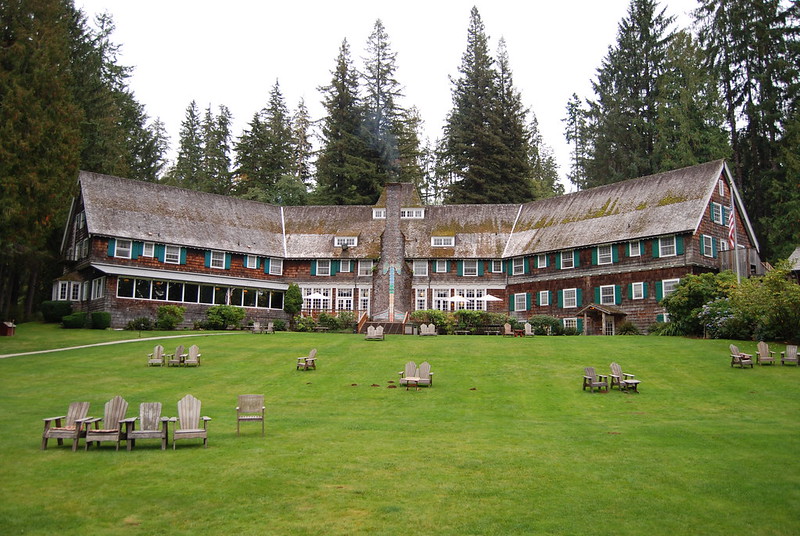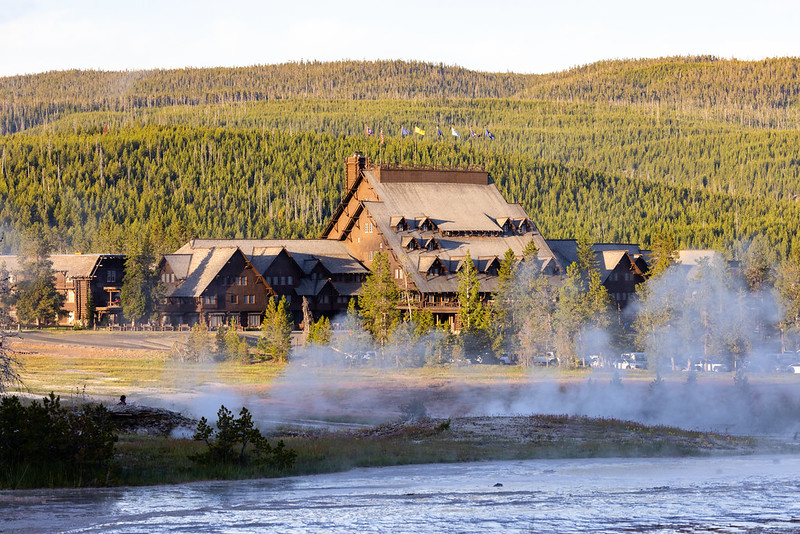
Ol’Faithful Bing
Artistic Versatility: Reamer and Bing
Spokane, Washington
By Dawn Woolcott
What do Yellowstone National Park and Bing Crosby have in common? Both have ties to the Fox theater in Spokane, Washington.
The Fox is an art deco masterpiece, now home to the Spokane Symphony. It was designed by architect Robert Reamer at the peak of art deco design in 1931 with Reamer as lead architect and interior artist Anthony Heinsbergen. While fairly unassuming on the outside, like most theaters, it is the inside that wows. It was designed as a movie theater – imagine seeing Fred Astaire and Ginger Rogers in a film dancing across the screen in this beautiful movie theater. It was a movie theater for almost 70 years until the final showing in September 2000. The design was innovative in several ways, including an early form of “washed air” which was an early description for air conditioning. This novelty was a welcome innovation indeed
The theater was designed to also accommodate live theater productions, including dressing rooms and an orchestra pit as part of the owner’s overall strategy of mixing live events and films to accommodate the changing tastes of audiences. The early thirties was a time of evolution, as the entertainment industry changed from silent movies, vaudeville acts, to primarily talking pictures. This combination of live acts brought both future stars and established stars to its stage. In 1935 The Fox staged a performance by the Hoboken Four which included a skinny 19 year old named Frank Sinatra. In 1937 Bing Crosby hosted a national talent show. Katharine Hepburn starred in Shakespeare’s As You Like It in 1951; Boris Karloff in Arsenic and Old Lace in 1943; and Olivia de Havilland in Candida in 1951, among many others.
The theater followed the same storyline of many beautiful old buildings and was almost completely lost to time. It began a slow decline beginning in the 1960s when it was divided into 3 different theaters and in the 1980s when it became a discount movie theater, and was on the brink of being demolished by 2000. The Spokane Symphony staged a massive fundraiser to save the building and to their credit, restored this former movie palace with its star-struck past returning it to Art Deco glory to hopefully live on for generations to come.
At the time Bing Crosby was on stage hosting the talent show, he was considered a hometown hero – having moved to Hollywood and made it big on the big screen. Bing was born in Tacoma, Washington and moved to Spokane at the age of six. His father built the house, now located on the grounds of Gonzaga University. Bing himself attended the university, originally studying to become a lawyer. He also played drums in a band until the musician in him won out and he left school. He and a friend headed south to Hollywood to seek their fortune. Despite his non-standard leading man looks, his big voice and easy charm won out and he was signed as a solo act by 1931 and to appear in pictures by 1932. He stuck with his nickname of “Bing” although it was not his given name. Born Harry Lillis Crosby, he had been given the nickname “Bingo” by a friend which was soon shortened to “Bing” and used by both friends and family from then on. “Bing” was much more memorable, anyway.
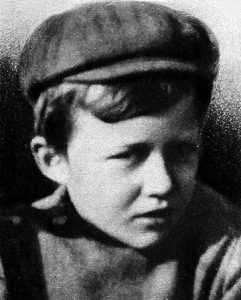
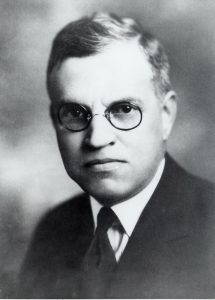
By 1937, Bing was an established star and making his hometown of Spokane proud with Gonzaga bestowing upon him an honorary degree and receiving the key to the city. His childhood home, built in 1911, was sold in 1936 by the family, but eventually the house became the Bing Crosby Museum. It contains much of his personal memorabilia, including letters to and from major stars, many of his awards and statues, and photos of his time in Spokane. There is no admission fee to visit and is a fun stop when in Spokane.
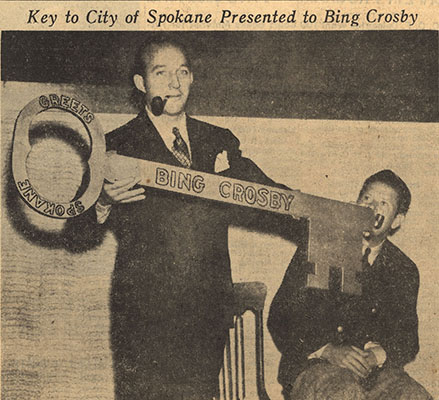
The architect of the Fox Theater, Robert Reamer, was a well-established architect in the Pacific Northwest, having designed several buildings including the 1411 Fourth Ave building in Seattle. But his claim to fame is probably as the architect who created lodges in the new National Park system, including Old Faithful Inn in Yellowstone National Park, the Lake Quinalt Lodge in the Olympic National Forest, Canyon Hotel, and buildings at Mammoth Hot Springs. He worked at the time the National Park Service was developing its signature “lodge” look that visitors still enjoy today.
While Reamer and Crosby probably never met, their lives did momentarily intersect through the Fox Theater. Both artistic in their own individual ways, the architect built the stage on which Bing would one day stand. And although the lodge at Old Faithful and the art deco Fox Theater couldn’t be more visually different, the brilliance of any good architect is versatility. The versatile architect, Robert Reamer and the versatile artist Bing Crosby had more in common than one would first imagine.
And the world is a better place for it.

